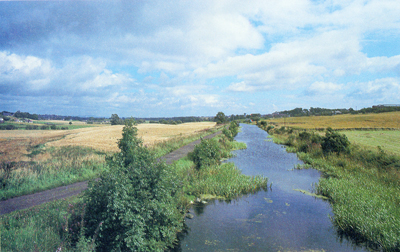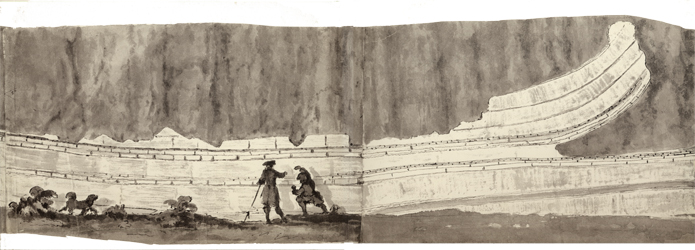
Having done as much as he felt he could do to improve his farms, and perhaps the novelty and challenge had gone out of them, he returned to Edinburgh in 1768 to another challenge – the Forth and Clyde Canal. He had hoped to train his Norfolk ploughman as a farm manager, with the intention maybe of retaining a greater interest in it than he did. He let Slighhouses as a tenancy to a Joseph Mack, and Nether Monynut to his shepherd Robert Punton. In 1770, James Hutton built himself a house on St John’s Hill, Edinburgh, looking directly onto the Salisbury Crags.

Once in Edinburgh, he maintained his interest in farming and his farms and continued to undertake research into agriculture. It is apparent that he continued to use Slighhouses for his experiments, which included growing and brewing barley and he consulted widely on agricultural matters. He advised government on its role in agricultural affairs. He felt agriculture was too important to be left to the chance of market forces so he was at odds with Adam Smith, “the husbandman maintains the nation in all it’s ease, it’s affluence and it’s splendour”. He believed labourers could be made more efficient by careful training and supervision, proper tools and the division of labour. In his ‘Elements of Agriculture’ he records that in 1760 a hind (or female farm labourer) cost 8p per day and a ploughman £5 a year; however, labourers in Berwickshire were paid in kind.

His interest in agriculture continued to give impetus to his other studies. He experimented on developing a red dye for turkey red using the plant Rubia tinctoria (madder), which he grew either at Slighhouses or Edinburgh. He pounded and sieved different parts of plants and then at different ages. The roots of 1 year old plants were best; they were bright and long lasting. He sent all this work to a manufacturer in Glasgow with success.